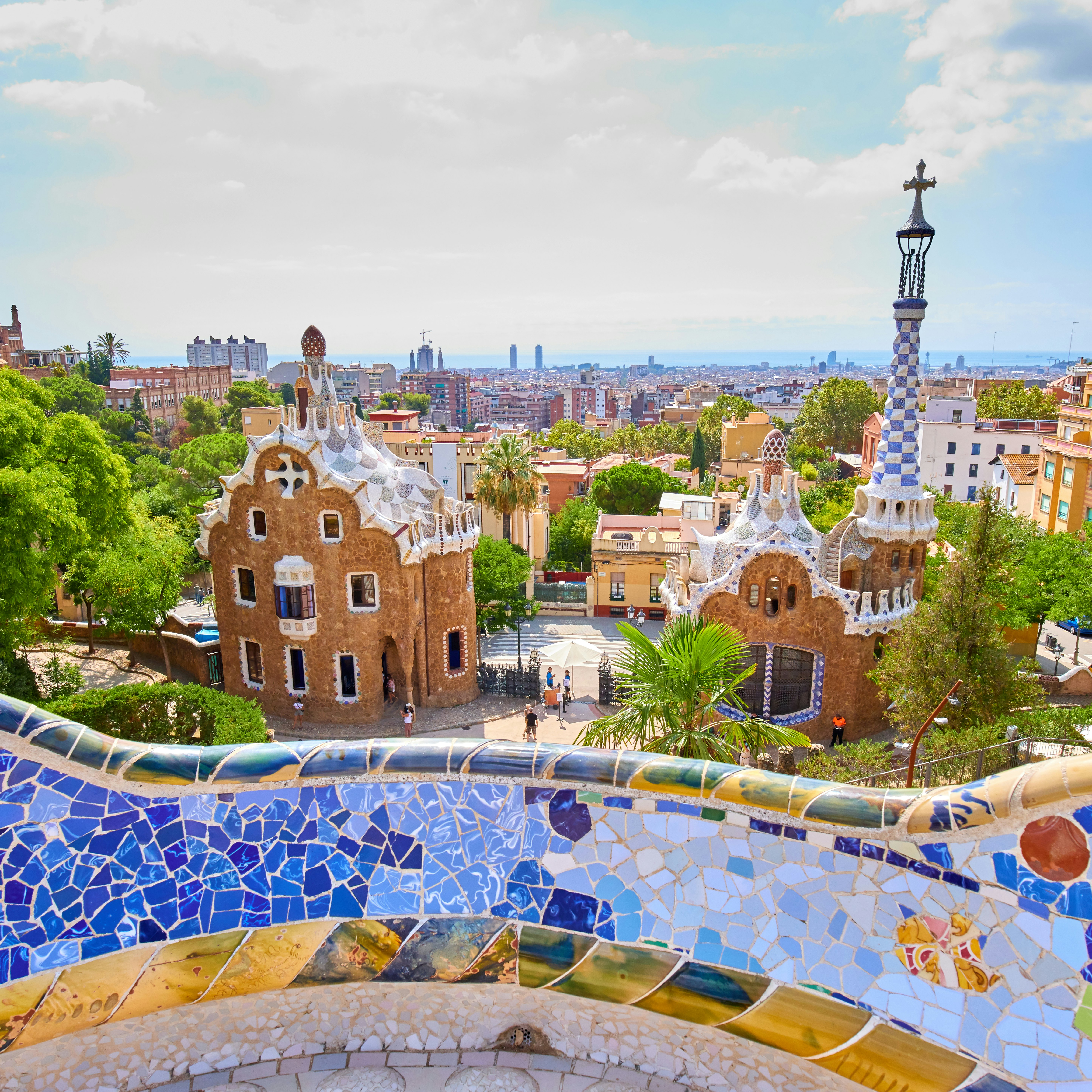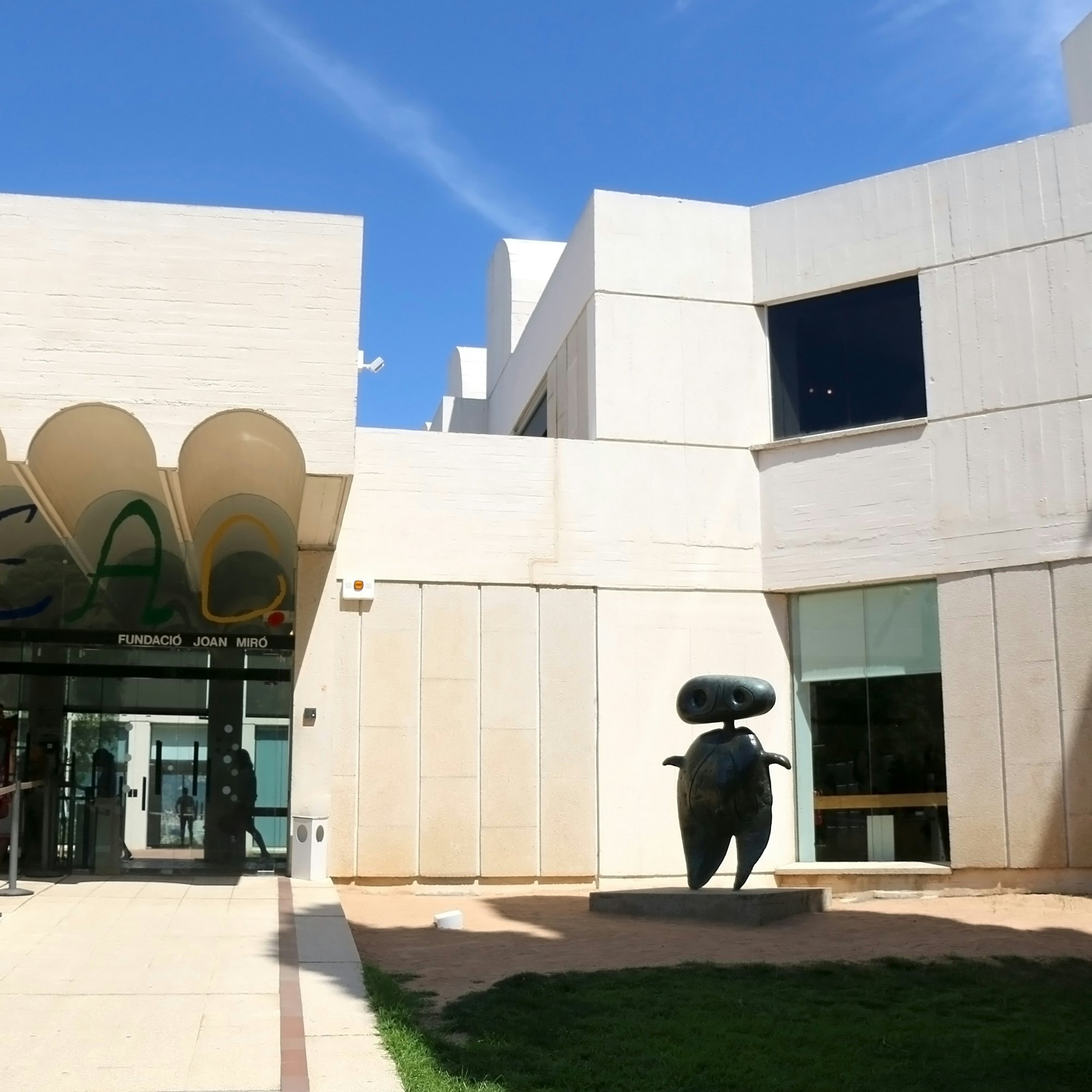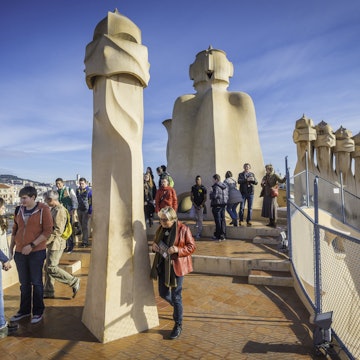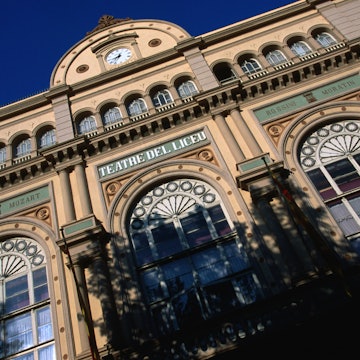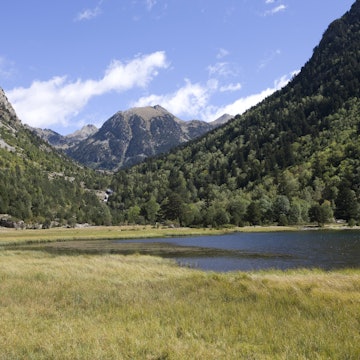
Overview
With its own language and unique local customs, Catalonia feels distinct from the rest of Spain, and, beyond Barcelona, its four provinces unveil an astounding wealth of natural splendour. Pyrenean peaks loom above meadows and glittering lakes, plains are pock-marked with volcanic cones, rocky coves border sandy beaches and wind-blown capes give way to serene seaside paths and fertile vineyards.
Meet your new travel partner
Stay connected in Catalonia
Unlimited data while you travel with Holafly eSIM. Use code LONELYPLANET for an exclusive discount.
Must-see attractions
Planning Tools
Expert guidance to help you plan your trip
Best Things to Do
Barcelona may draw a crowd, but the surrounding regions of Catalonia are distinct in culture and abundant with natural beauty and history.
Read full article
Get a book. Get inspired. Get exploring.
in partnership with getyourguide








